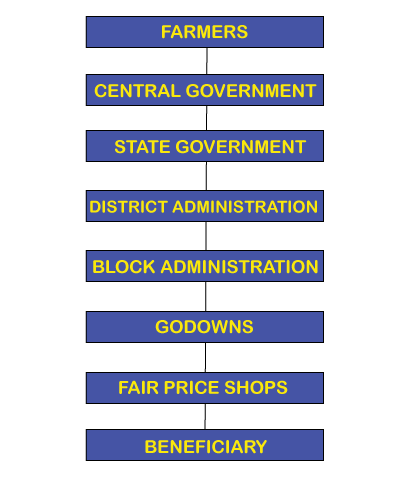GIS-Based Public Food Distribution System in India

Every day in the morning about one million men, women,
and children queue up in front of some 50,000 fair price shops in India’s 3,000 urban centers. Some of those people might be waiting for sugar. But most of them come to buy their weekly or fortnightly ration of food from these privately owned shops authorized by either the state or central government. For many of them, the prices of food grains, such as wheat and rice, at the open markets are largely prohibitive, and the issue price at these shops is a major attraction. Over the years, the nation has built a
gigantic procurement and distribution infrastructure to ensure regular food supplies to vulnerable sections of the population. The state maintains a system of dual pricing of food grains and also encourages their public distribution both to control an all-powerful private trade and to maintain price stability to meet the minimum needs of this section of consumers. This built-in dichotomy continues to survive.

Solutions :
- Identifying the available infrastructure facilities for warehouses and FP Shops Outlets.
- Vehicle tracking system for movement of PDS vehicles from lifting agencies to FP Shops.
- A delivery model of Food stock for Emergency Operations.
- Analysis of PDS resources and demands to propose the most optimized routes for accessing the resources.
- Bifurcation of Fair Price Shops based on Socio-Economic Indicators.